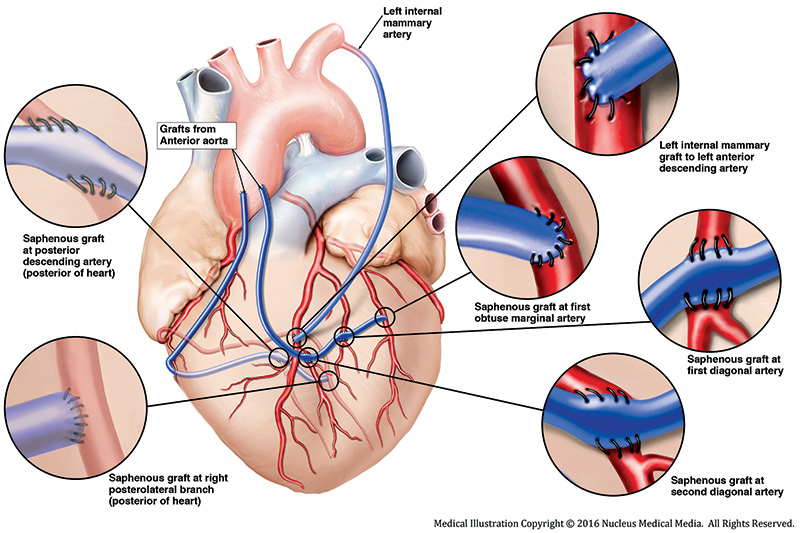Coronary artery disease (CAD) is the most common heart disease in the U.S. according to the Centers for Disease Control and Prevention. Coronary arteries carry blood to the heart and other parts of the body. Disease in these arteries is what leads to heart attacks. Symptoms can include pain in the shoulders, arms and chest. Sometimes there are no symptoms with CAD until the heart attack occurs. Find a heart and vascular specialist on the medical staff of a Texas Health hospital who can help you better understand if you’re at risk for heart disease.
-
Percutaneous Coronary Intervention (PCI)
Percutaneous coronary intervention (PCI), refers to a grouping of interventions which includes balloon angioplasty, coronary stent placement, coronary thrombectomy and coronary atherectomy.
A PCI is often used during a heart attack to help prevent damage to the heart and improve outcomes. Learn more about our advanced heart attack care here.
Source: American Heart Association
-
Protected PCI with Impella® 2.5
Percutaneous coronary intervention (PCI) with Impella 2.5 is one of the world's smallest heart pumps for angioplasty and stenting patients who were previously told they are not candidates for surgery. The pump is used to maintain stable heart function during surgery, lowering certain risks in patients with severe coronary artery disease.
-
Coronary Artery Bypass Grafting (CABG)
Normally, there are blood vessels that bring blood to the heart muscle. If one of them is blocked, a surgeon will do surgery to try to fix the blood flow. This surgery is called Coronary Artery Bypass Grafting (CABG), and uses another blood vessel to bypass the blockage. There may be surgery on more than one blocked blood vessel. CABG surgery will help increase blood flow to the heart muscle. After surgery, many people have less chest pain, can breathe easier, and are able to exercise more. The chances of a heart attack may also decrease.

These are possible grafting sites. There may be one or more depending on where the blockage is.





